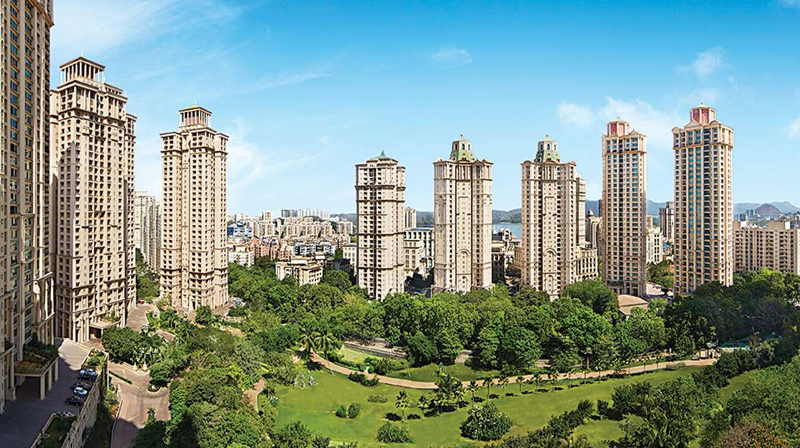
India’s residential property market has experienced notable growth, particularly in the luxury segment, driven by robust demand and positive investor sentiment. Driven by strong demand, developers in India are increasingly focusing on high-end properties, with the luxury segment now leading overall market growth. As a result, the supply of affordable housing remains a significant challenge in both the for-sale and rental markets. This examines key elements of the Indian housing market, providing insights into its recent developments and long-term trends.
Positive investor sentiment, combined with the increasing cost of building materials, continues to fuel growth in India’s residential property prices. Preliminary data from the Reserve Bank of India (RBI) released in February 2024 shows a year-on-year increase of 3.10% (a -0.81% decrease when adjusted for inflation) in the All-India House Price Index for Q3:2024- 25 (ending December 2024). On a quarter-on-quarter basis, the index rose by 0.39% (with the same 0.81% inflation adjustment).
Research from PropTiger revealed that property values in India’s major cities have been rising at a significantly faster pace, though at different rates. While Hyderabad saw only marginal price growth after nearly a decade of sharp increases, other cities experienced double-digit annual price surges. In the National Capital Region (NCR), average property prices soared by an impressive 49% year-on-year, driven by sustained demand for luxury homes as the number of high-net-worth individuals rises.
“The city-specific price growth reflects underlying demand, future prospects, and positive buyer sentiment. However, rising costs may further exacerbate affordability challenges in a country where many rely on housing subsidies,” noted the Annual Round-up Report.
In the third quarter of 2024 (Q3:2024- 25), the All-India House Price Index, as reported by the Reserve Bank of India, increased by 3.10% year-on-year, though this translates to a 0.81% decline when adjusted for inflation.
On a quarterly basis, the index rose by 0.39%, with a 0.81% decrease when adjusted for inflation.
City-Specific Trends:
The National Capital Region (NCR) saw an exceptional 49% year-on-year surge in average property values, driven by sustained demand for luxury homes among high-net-worth individuals.
Other major cities also experienced significant growth:
| City | Average Price (INR/sq ft) | YoY Growth (%) |
|---|---|---|
| Ahmedabad | 4,402 | 10 |
| Bengaluru | 7,536 | 12 |
| Chennai | 7,173 | 16 |
| Hyderabad | 7,053 | 3 |
| Kolkata | 5,633 | 10 |
| Mumbai | 12,600 | 18 |
| Pune | 7,108 | 16 |
Projections suggest that average home prices in major cities will rise by 6.5% in 2025 and 7.5% in 2026, supported by strong demand for high-end properties. However, the market’s heavy reliance on the luxury segment raises concerns about affordability for a broader population. Ensuring a balance between luxury developments and affordable housing will be crucial for sustainable growth in India’s residential property market.
